An official website of the United States government
 United States Department of Labor
United States Department of Labor
Physical Demands data elements provide a systematic way of describing the physical activities that an occupation requires of a worker. The assessment of these elements is focused primarily on the physical demands of the job - not the physical capacities of the worker. Physical Demand refers to the level and/or duration of physical exertion generally required to perform occupational tasks (sitting, standing, walking, lifting, carrying, reaching, pushing, and pulling).
This document offers a general overview and basic descriptions of the Physical Demands elements that are collected by the Bureau of Labor Statistics (BLS) for the Occupational Requirements Survey (ORS). These definitions are intended to provide information only and are not intended to be used during the course of data collection.
Physical demands covered:
The ability to alternate between sitting and standing is present when a worker has the flexibility to choose between sitting or standing as needed when this need cannot be accommodated by scheduled breaks and/or lunch period.
 |
Ascending or descending ramps and/or stairs using feet and legs. Hands and arms may be used for balance (e.g., to hold a railing).
Note: Stairs involved in commute/getting into building are excluded if work is always performed in one building. Stairs onto a vehicle or a piece of machinery/equipment are included.
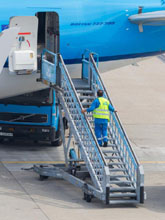 | 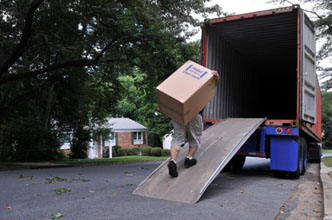 | 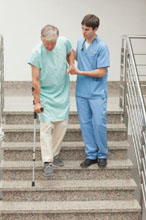 |
Ascending or descending ladders, scaffolding, ropes, poles and the like using feet/legs and/or hands/arms.
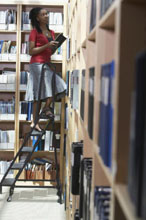 | 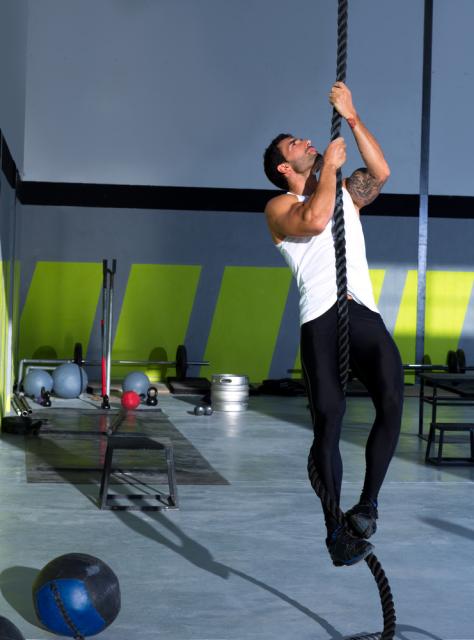 | 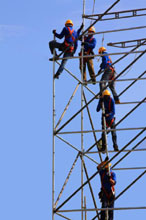 | 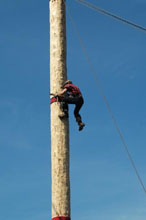 |
Expressing or exchanging ideas by means of the spoken word to impart oral information to clients or the public and to convey detailed spoken instructions to other workers accurately, loudly, or quickly.
 | 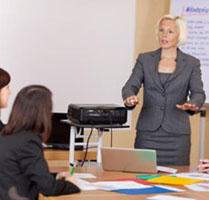 |  |
Moving about on hands and knees or hands and feet.
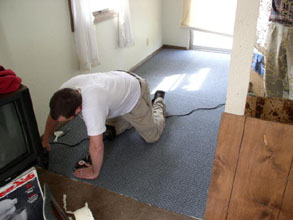 | 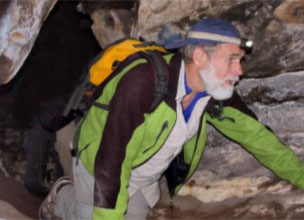 |
Bending body downward and forward by bending legs and spine.
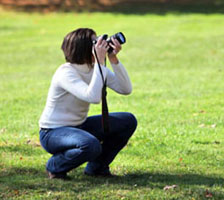 |  |  |
Clarity of vision at 20 feet or more. This is not just the ability to see a person or object, but the ability to recognize features as well.
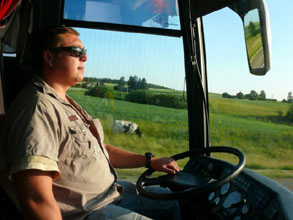 |  |
Picking, pinching, or otherwise working primarily with fingers rather than the whole hand or arm as in gross manipulation.
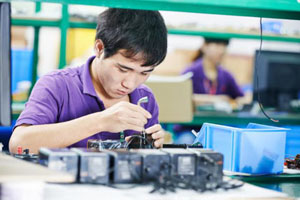 | 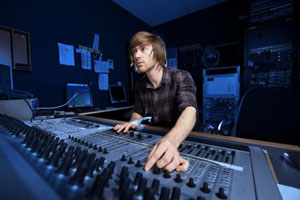 |
 |  |
Use of one or both feet or legs to move controls on machinery or equipment. Controls include, but are not limited to, pedals, buttons, levers, and cranks.
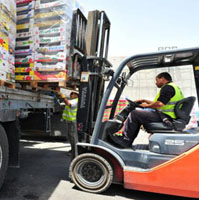 | 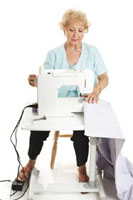 | 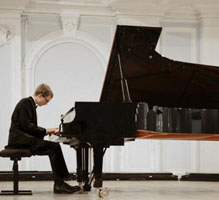 |
Seizing, holding, grasping, turning, or otherwise working with hand(s). Note: Fingers are involved only to the extent that they are an extension of the hand.
 |  |  |
The ability to hear, understand, and distinguish speech and/or other sounds (e.g., machinery alarms, medical codes/alarms). A yes or no answer is captured for each of the five hearing requirements listed:
 |  |  |
Entering text or data into a computer or other machine by means of a keyboard. Devices include traditional keyboard, 10 key pad, touch screen and other.
 |  |  |
Bending legs at knees to come to rest on knee(s).
 | 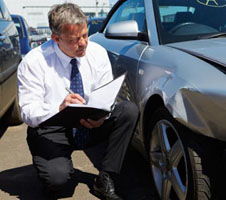 |  |
Lifting is to raise or lower an object from one level to another (includes upward pulling). Carrying is to transport an object – usually by holding it in the hands or arms, but may occur on the shoulder.
 |  | 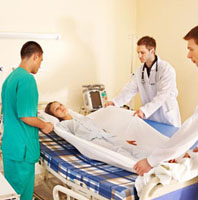 |
Clarity of vision at approximately 20 inches or less (i.e., working with small objects or reading small print), including use of computers.
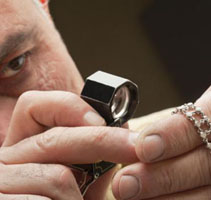 | 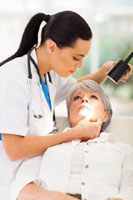 |  |
Observing an area that can be seen up and down or to right or left while eyes are fixed on a given point.
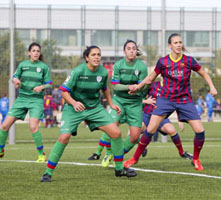 | 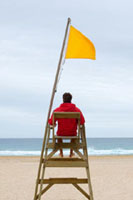 |  |
Pushing/pulling may involve use of hands/arms, feet/legs, and/or feet only done with one side of the body or both sides.
Pushing - Exerting force upon an object so that the object moves away from the force
Pulling - Exerting force upon an object so that the object moves toward the force
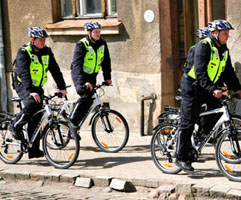 | 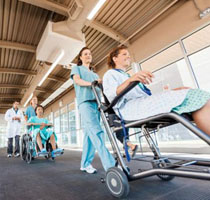 |  |
Extending hand and arms from 0 up to 150 degrees in a vertical arc. Reaching requires the straightening and extension of the arm and elbow and the engagement of the shoulder. The elbow does not need to be locked at any time and the arm does not need to remain in a continuously straight position.
 |  |
Extending hands and arms in a 150 to 180 degrees vertical arc. Reaching requires the straightening and extension of the arm and elbow and the engagement of the shoulder. The elbow does not need to be locked at any time and the arm does not need to remain in a continuously straight position.
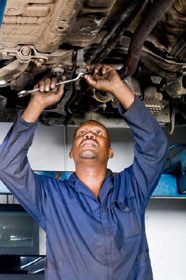 |  |
Remaining in a seated position.
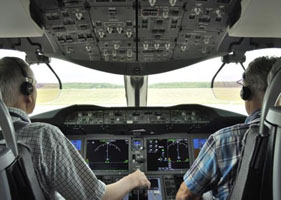 |  |
Standing is to remain on one's feet in an upright position at a workstation without moving about. Walking is to move about on foot.
 | 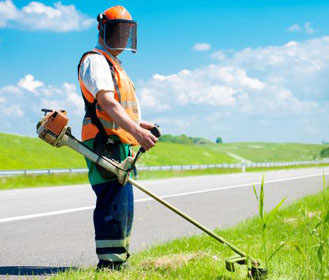 |
Bending the body downward and forward by bending the spine at the waist - requiring full use of the lower extremities and back muscles.
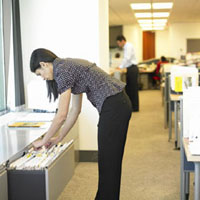 |  |  |
Last Modified Date: July 10, 2015